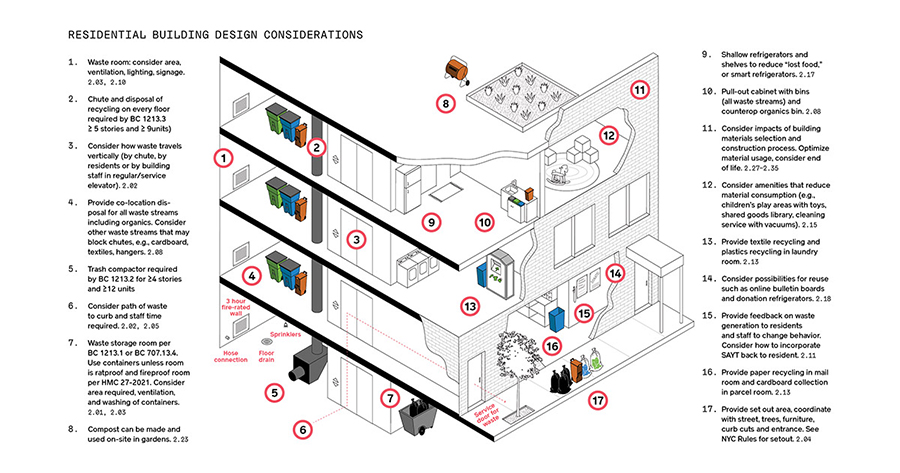Zero-Waste Building: Creating Sustainable Structures
Introduction
As the world becomes more conscious of the environmental impact of our actions, the concept of zero-waste building has gained significant attention. Zero-waste building refers to the design, construction, and operation of buildings that produce little to no waste during their lifecycle. This approach aims to minimize the use of resources, reduce energy consumption, and promote sustainability in the built environment.
Benefits of Zero-Waste Building
Zero-waste buildings offer numerous benefits. Firstly, they help reduce the amount of waste sent to landfills, which in turn reduces pollution and greenhouse gas emissions. Secondly, these buildings promote resource efficiency by utilizing sustainable materials and implementing energy-efficient technologies. Thirdly, zero-waste buildings contribute to the overall well-being of occupants by providing a healthier indoor environment with improved air quality and natural lighting.
Design and Construction Strategies
Several strategies can be employed to achieve zero-waste building. One approach is to prioritize the use of renewable and recyclable materials during construction. This includes utilizing materials such as bamboo, reclaimed wood, and recycled steel. Another strategy is to implement efficient waste management systems on-site, such as recycling and composting facilities. Additionally, designing buildings with adaptable and flexible spaces allows for future renovations and reduces the need for demolition waste.
Operational Practices
Once a zero-waste building is constructed, it is essential to adopt sustainable operational practices. This includes implementing energy-saving measures such as installing solar panels, using energy-efficient appliances, and optimizing natural ventilation. Furthermore, water conservation techniques, such as rainwater harvesting and greywater recycling, can significantly reduce water waste. Educating occupants about sustainable practices, such as proper waste segregation and reducing consumption, is also crucial in maintaining the zero-waste status of the building.
Case Study: The Green Tower
The Green Tower, located in the heart of a bustling city, is an excellent example of a zero-waste building. With its innovative design and sustainable features, it has become a symbol of environmental consciousness. The building incorporates green roofs, which not only provide insulation but also support biodiversity. It also utilizes advanced waste management systems, including on-site recycling and composting facilities. The Green Tower’s energy consumption is minimized through the use of energy-efficient appliances and solar panels, further reducing its environmental footprint.
Conclusion
Zero-waste building is an essential step towards creating a sustainable future. By implementing eco-friendly design and construction strategies, as well as adopting sustainable operational practices, we can reduce waste, conserve resources, and mitigate the environmental impact of buildings. The Green Tower serves as a testament to the feasibility and benefits of zero-waste building. As the world continues to prioritize sustainability, zero-waste building will play a crucial role in shaping the future of our built environment.
